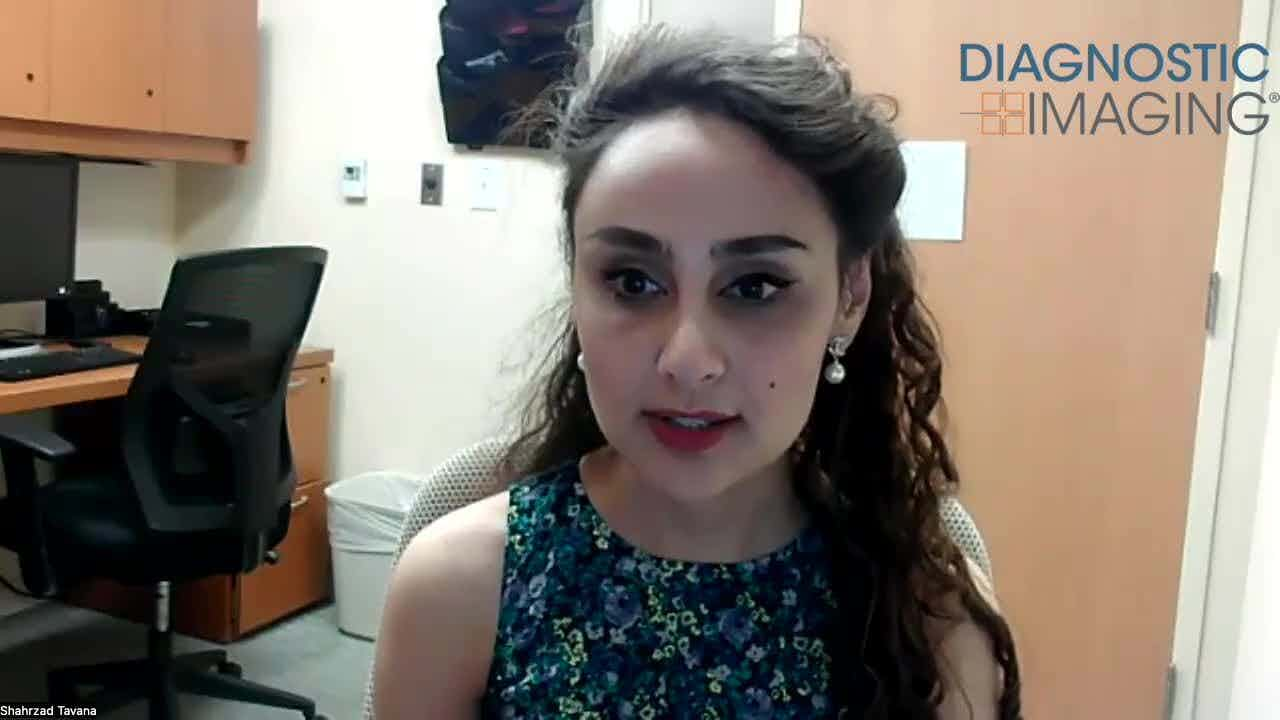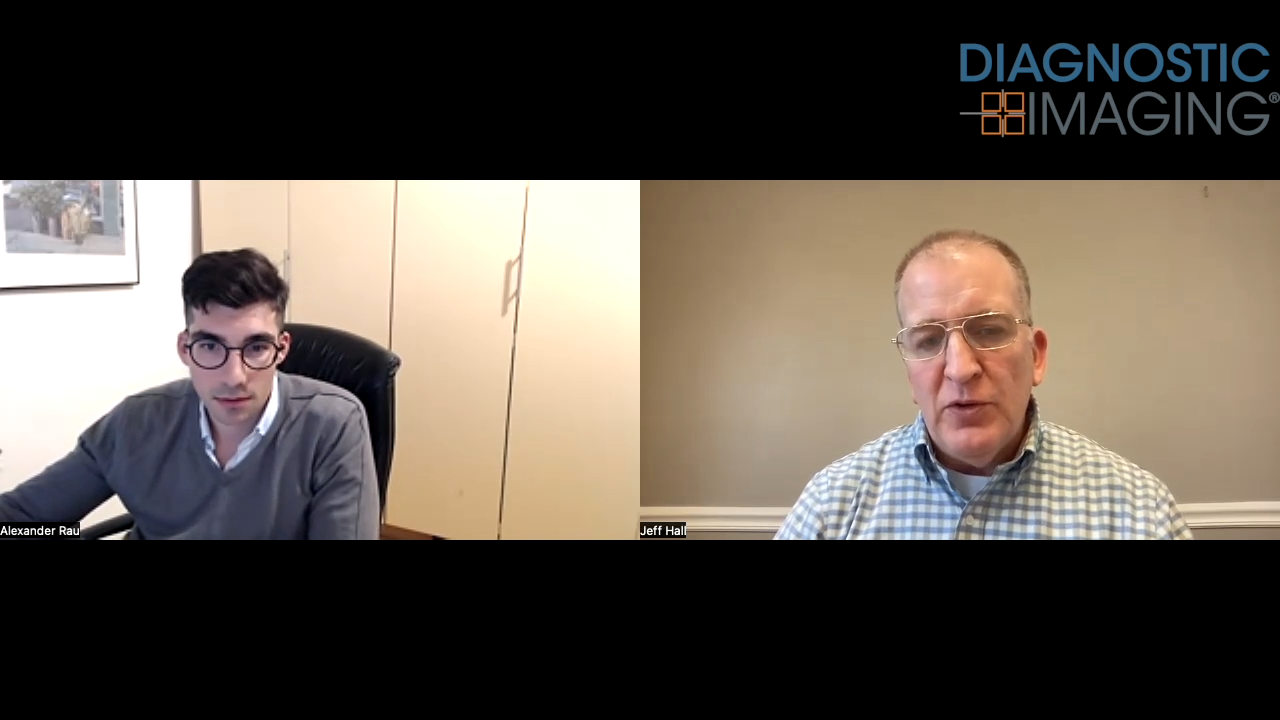Clinicians put easy image access to good use
Clinicians working with an integrated system tend to be heavy users of medical images, accessing images as well as the report in four out of five cases, according to a report presented Friday.
Clinicians working with an integrated system tend to be heavy users of medical images, accessing images as well as the report in four out of five cases, according to a report presented Friday.
A study conducted at University Hospitals Leuven, a 1900-bed hospital in Belgium, tracked clinician access to radiology images in 2004. During that year, the radiology department logged 390,000 studies. Clinicians looked at most of those and more, accessing more than 1.43 million radiology exams through the hospital's PACS.
Although studies on radiology use of PACS are relatively common, clinician access has been given far less attention. The Leuven study, following 1880 clinicians who had relatively easy access to radiology images through 2000 workstations and a hospital-wide electronic medical record, could provide clues about how clinicians will view images as access broadens, the authors said.
On the average, 80% of the clinicians viewed the images along with the radiology report and 20% viewed the report alone. Familiarity with the nature of the images may have been a factor in how often they were viewed. For computed radiography, the viewing figure was 85%, dropping to 80% for CT, 72% for MR, and 35% for ultrasound. While clinicians retrieved more studies, they still viewed far fewer images than did radiologists.
The researchers concluded that while clinicians were highly interested in viewing the images, the report remains essential. It was heavily consulted by the clinicians, who tend to view the images and the report as a single entity.
The report cited other findings:
- Physicians working in internal medicine were the heaviest image users, accessing nearly 29,000 studies during the research period. They were followed by surgery (22,157), orthopedics (13,578), and intensive care (10,765). But on a per-physician basis, orthopedics topped the list (499 exams per user), followed by neurology (216), surgery (114), and oncology (90).
- CR studies were the most requested (74,569), followed by CT (14,908), MR (5512), and ultrasound (3121).
- CR studies were also the most urgently requested images: 65% of requests came within the first hour of acquisition. CT and MR studies had one-hour request rates of 43% and 19%, respectively. Conversely, only 8% of CR studies older than six months were ever called up. Six-month figures were 8% for CT and 25% for MR.
The researchers also tracked specific types of features used by clinicians. Window level was the most common, employed by 89% clinicians and used in nearly half of the studies examined. Viewing the radiology report together with the images was done by 89% of the clinicians but in only about a fifth of the studies. This feature was most used in ultrasound studies.
Side-by-side comparisons of imaging studies were done by 76% of clinicians in 14% of the studies. The least-used feature was the request for hard-copy printouts or CD burning (21%), and most of these requests came from physical medicine and rehabilitation, oncology, and orthopedics.
What New Research Reveals About Novice Use of AI-Guided Cardiac Ultrasound
April 4th 2025In a study recently presented at the American College of Cardiology (ACC) conference, researchers found that novice use of AI-guided cardiac ultrasound after an AI-enabled electrocardiogram increased the positive predictive value for reduced left ventricular ejection fraction (LVEF) or aortic valve stenosis by 33 percent.
New AI-Enabled Portable Ultrasound May Facilitate 50 Percent Reduction in Cardiac Imaging Scan Time
March 28th 2025Artificial intelligence (AI)-powered measurement capabilities provide key features with the Compact Ultrasound 5500CV device, which was unveiled at the American College of Cardiology (ACC) conference.










